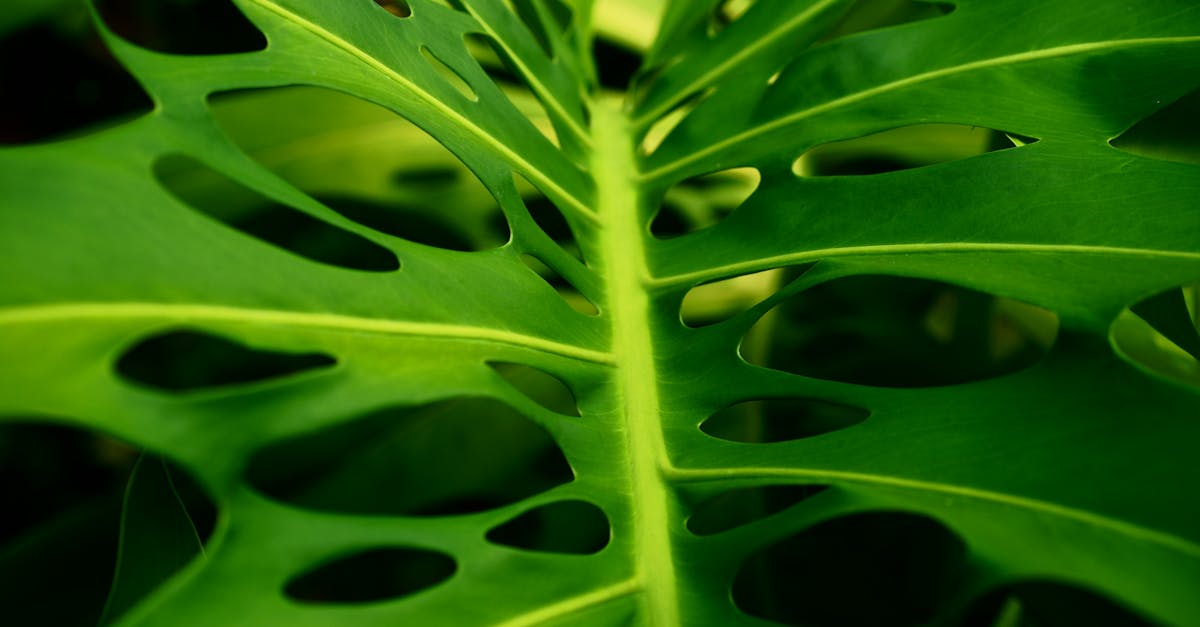Have you ever wondered why some spaces make you feel instantly at ease? Imagine walking into a room where everything feels right, from the warmth of natural light streaming through large windows to the calming presence of water nearby. This is the magic of biophilic design, a concept that brings harmony to your home by incorporating natural shapes and elements that mimic nature. You’re not just building a house; you’re creating a living, breathing sanctuary that resonates with the essence of the great outdoors.
Nature-inspired design is more than just a trend. It taps into our innate need to connect with the natural world. Think about the joy you feel when surrounded by greenery or the tactile connection you experience through natural materials like stone and wood. These elements create a soothing atmosphere and promote a sense of well-being. Your home can become a reflection of outdoor living trends, featuring sustainable landscaping and eco-friendly patios that blend seamlessly with your environment.
Curious about transforming your home into a harmonious retreat with biophilic elements? Dive into the secrets of integrating greenery, organic materials, and fractal patterns into your living spaces. Embrace a lifestyle that nourishes your soul and brings the outside in. Let’s explore how to craft your perfect haven.

Photo provided by Vika Glitter on Pexels
In the narrative
Embracing Natural Elements Indoors
Biophilic design makes your home feel more alive by bringing elements mimic nature inside. One way to do this is by using natural materials such as wood and stone. These materials not only look great but also help you feel more connected to nature. You can use wood for your floors, furniture, or even on the walls. Stone can be added as an accent, like a fireplace or in the kitchen.
To enhance the feeling of nature, try introducing natural shapes and fractal patterns into your decor. These patterns are pleasing to the eye and make your space feel more dynamic. Think about adding cushions, rugs, or wallpaper with these designs. Don’t forget to maximize natural light in your rooms. Large windows can help you connect with the outdoor world, letting in sunlight and offering views of your garden or trees outside.
Including plants is another simple way to boost your biophilic design. Plant walls or just a few potted plants can add greenery and create a calming ambiance. Choose plants that thrive indoors and suit your home’s lighting conditions. Plants like ferns, peace lilies, or snake plants are quite popular for this purpose. Using natural materials and plants is key to making your indoor spaces feel more organic and welcoming.
Biophilic Design for Eco-Friendly Patios
If you enjoy spending time outside, transforming your patio into an inviting space is a must. Start by using natural materials for decks and patios, like wood or stone. Adding these materials can create a smooth transition between the inside and outside of your home. You can make your patio even more eco-friendly by choosing sustainable options, like reclaimed wood or stones sourced locally.
Consider the placement of your patio to get the most out of natural light and possibly enjoy the presence water nearby, whether through a small fountain or a nearby pond. Think about adding comfortable seating, warm lighting, and some plants for greenery. This way, your patio becomes a perfect spot for relaxation and socializing.

Photo provided by gabriel bodhi on Pexels
Connecting with the Outdoors
Enhancing Outdoor Living Trends
To fully embrace outdoor living trends, try bringing some indoor comforts outside. Comfortable furniture, like cushioned chairs or sofas, can make your outdoor area feel like an extension of your home. Add outdoor rugs, throw pillows, and blankets for extra coziness.
Adding a dining area outside can encourage family meals in the fresh air. If you have enough space, include a small kitchen area or a grill. When the weather is nice, cooking and dining outdoors become a delightful experience. Remember to use weather-resistant materials for your outdoor furniture to make them last longer against the elements.
Sustainable Landscaping Ideas
When it comes to landscaping, choosing sustainable landscaping options is important. Focus on low-maintenance plants that are native to your area. These plants are adapted to the local climate, requiring less water and care. Consider creating a mix of flowers, shrubs, and trees for a layered, lush look.
To further enhance your eco-friendly garden, incorporate rainwater collection systems and compost bins. These features not only support the environment but also make your garden more self-sufficient. Native plants and sustainable practices help create a beautiful, low-impact garden that complements your home’s biophilic design.
Discover the Harmony Within Your Home
Embracing nature in your home brings peace, comfort, and improved well-being. You find that natural elements create a soothing environment. Incorporating greenery and natural light makes your space bright and inviting. Simple changes can transform your home into a sanctuary.
Start by adding a few plants or opening your windows to let in more light. Consider using natural materials like wood or stone for your furniture or decorations. You might also explore local gardens or parks for inspiration to bring the outdoors inside your living space.
Take a moment today to plan your first step in transforming your home. Begin small, and watch as your space evolves into a haven of tranquility. Enjoy the journey to a more harmonious living environment!
